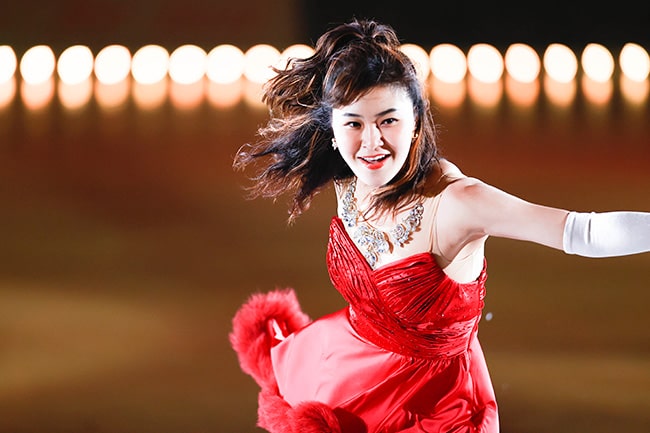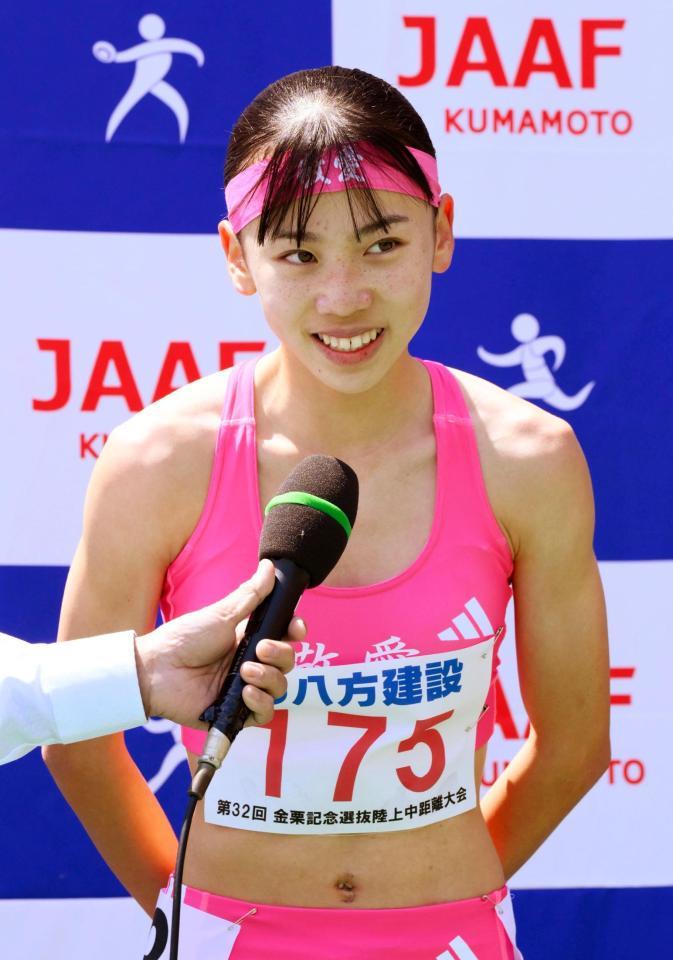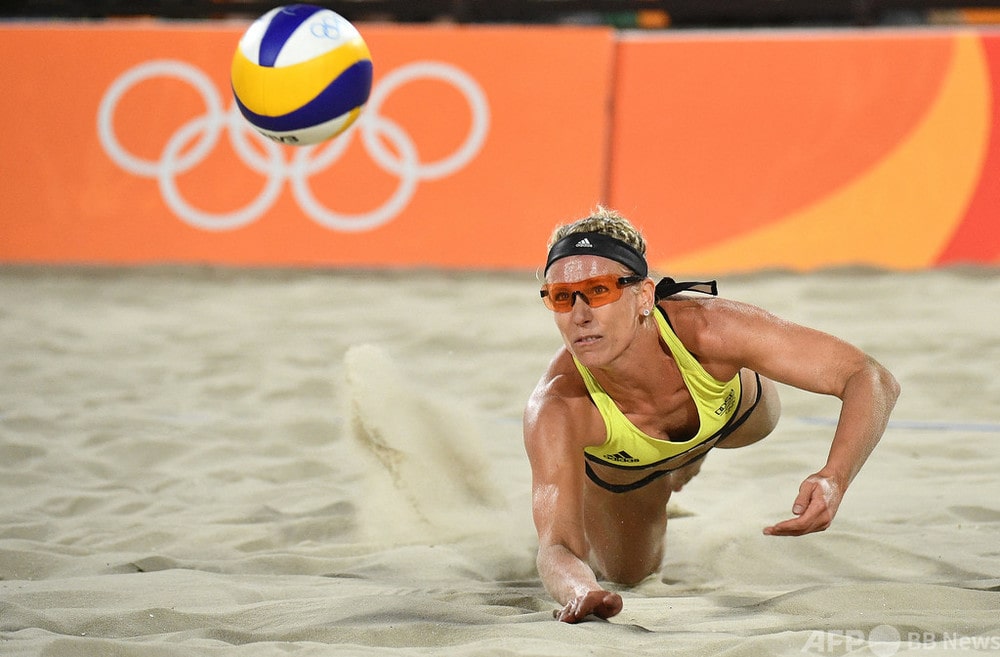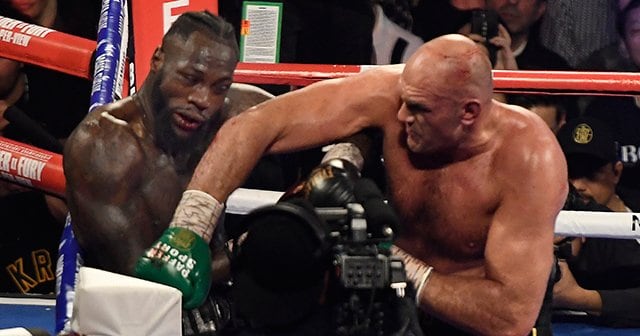
Boxing is a popular sport around the world, but behind the courage and skill that athletes display in the ring, there is always the risk of injury and sequelae.
Blows, especially to the back of the head, can cause serious health problems, and there is increasing awareness of this issue in the boxing world.
In order to provide a safe sports environment and protect the health of athletes, it is essential to correctly understand the after-effects of blows to the back of the head and take appropriate measures.
This article focuses on blows to the back of the head in boxing and the after-effects they can cause, and provides information and precautions that athletes and trainers should know.
目次
- 1 Introduction: Risks of back-of-the-head blows in boxing
- 2 After-effects of a blow to the back of the head: short-term and long-term effects
- 3 What is Punch Drunker?
- 4 Precautions that boxers and trainers should know
- 5 Recovery and rehabilitation: recovery from sequelae
- 6 Conclusion: Creating a safe boxing environment
Introduction: Risks of back-of-the-head blows in boxing
Boxing is a sport that tests skill, speed, and power, and has passionate fans all over the world.
However, this advanced sport also comes with certain risks for athletes.
In particular, blows to the back of the head can seriously affect an athlete’s health and career, and there is an urgent need for attention to this issue.
The back of the head is home to important nerves in the brainstem and neck, so a blow to this area can cause serious brain damage and long-term neurological sequelae.
Why are blows to the back of the head in boxing dangerous?
A blow to the back of the head can result in concussion, brain damage, and even fatal consequences.
The skull that protects the brain is relatively thin in this area, and the important brain stem is located in this area, so it is easy for blows to directly affect the brain.
The brain stem is responsible for vital functions such as regulating breathing and heart rate, and damage to it can be immediately life-threatening.
Current status of back-of-the-head blow accidents and aftereffects based on statistical data
Recent research and statistical data clearly demonstrate the risks of back-of-the-head blows in boxing.
In many cases, blows to the back of the head cause long-term brain damage and neurodegenerative diseases such as Parkinson’s disease and chronic traumatic encephalopathy (CTE).
These after-effects are serious problems that significantly reduce an athlete’s quality of life and, in some cases, continue even after retirement.
Although the boxing world is improving its rules and techniques to keep fighters safe, the risk of blows to the back of the head remains a major concern.
Improving the safety awareness of athletes themselves, strict monitoring by trainers and referees, and enhancing medical support systems are the keys to minimizing these risks.
All those involved in boxing are required to correctly understand the dangers of blows to the back of the head and work together to protect the health and future of athletes.

After-effects of a blow to the back of the head: short-term and long-term effects
Hits to the back of the head are one of the serious risks in boxing, and the after-effects can cause both short- and long-term health problems.
These effects can have a serious impact not only on an athlete’s performance, but also on their entire life.
Short-term sequelae: Symptoms and immediate response
Short-term after-effects that appear immediately after a blow to the back of the head include:
- Concussion : Symptoms include headache, dizziness, nausea, and visual disturbances. Concussions require immediate medical evaluation, and adequate rest and gradual return to activity are important.
- Memory loss : May cause short-term memory loss and confusion. These symptoms are usually temporary but require proper treatment and evaluation.
- Emotional changes : You may experience emotional changes, such as feeling irritable or emotionally unstable. These are brain injuries and require support and understanding.
Appropriate responses to these short-term sequelae are important to prevent long-term health problems. Immediate medical evaluation and necessary treatment planning is recommended.
Long-term sequelae: links to serious health problems
The long-term effects of a blow to the back of the head can lead to serious health problems, including:
- Chronic traumatic encephalopathy (CTE) : A progressive brain disease caused by repeated head trauma. It causes symptoms such as memory loss, behavioral changes, and emotional instability.
- Parkinson’s disease : A disease characterized by movement disorders such as hand tremors, muscle stiffness, and slow movement. It has been pointed out that blows to the back of the head may increase the risk of Parkinson’s disease.
- Depression and anxiety disorders : Long-term brain damage can lead to psychological health problems. This requires appropriate psychological support and treatment.
These long-term sequelae can seriously impact an athlete’s quality of life, and early recognition and prevention are important.
Boxing requires strict adherence to guidelines to protect athlete safety, regular medical evaluations, and enhanced education .
The following measures are effective in managing the risks and preventing the after-effects of a blow to the back of the head.
-
Education and awareness : It is important that athletes, trainers, and all involved parties are well educated and aware of the dangers of back-of-the-head hits. A common understanding of these risks is necessary to achieve a safe sports environment.
-
Thorough safety measures : Make sure to wear safety equipment, including the use of headgear. Also, the use of correct technique and strict adherence to the rules during training and competitions will reduce the risk of blows to the back of the head.
-
Regular medical evaluations : Athletes should undergo regular medical evaluations and it is recommended that even minor head injuries be evaluated by a specialist. This allows problems to be identified and addressed at an early stage.
-
Ensuring recovery time : Sufficient recovery time should be allowed after a head injury. Rushing back to training and competition increases the risk of long-term health problems.
Understanding and responding appropriately to back-of-the-head blows and their aftereffects in boxing is essential to protecting the health of athletes and increasing the safety and sustainability of the sport.
These efforts are important challenges that require efforts not only from individual athletes, but from the boxing community as a whole.
Continuous improvement and cooperation are required so that boxing can be enjoyed in a safe environment.
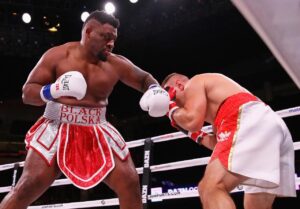
What is Punch Drunker?
Punch-drunk is a chronic brain injury caused by repeated blows or trauma to the head over a long period of time.
Officially called Chronic Traumatic Encephalopathy (CTE), it is a medical condition primarily seen in boxers and athletes in other contact sports.
As the name suggests, punch-drunkers are caused by brain damage caused by repeated blows to the head, and players often show noticeable symptoms after they retire.
Symptoms and characteristics
Symptoms of punch-drunk can vary widely, but the main ones include:
- Decline in cognitive function : Problems with thinking ability, such as decreased memory and impaired judgment, occur.
- Impaired motor function : Body control may be affected, such as trembling in the limbs, difficulty walking, and impaired coordination.
- Emotional and behavioral changes : Many problems related to mental health have been reported, including depression, anxiety, increased aggression, and social withdrawal.
Cause and mechanism
The main cause of punch-drunk is repeated impacts to the head in sports.
These impacts cause microscopic damage to brain tissue that accumulates over time, ultimately causing permanent impairment of brain function.
Abnormal accumulation of tau protein in the brain has been observed, and this has been shown to lead to the death of nerve cells and cause a decline in brain function.
diagnosis and treatment
Currently, the diagnosis of punch-drunk is primarily based on clinical symptoms and the patient’s medical history.
Unfortunately, a definitive diagnosis can only be made by pathological examination of the brain after the patient has passed away.
As for treatment, Punch Drunker is an irreversible condition and there is currently no curative treatment.
Therefore, treatment often focuses on managing symptoms and improving the patient’s quality of life. Physical therapy, occupational therapy, and cognitive therapy can help relieve symptoms.
Prevention and countermeasures
The most effective way to prevent punch-drunk injuries is to minimize the impact to the head. This includes implementing proper training methods, following safe play rules, and using high-quality protective equipment.
Early identification and intervention are also very important.
Athletes and trainers should be sensitive to the symptoms and signs seen after a head impact and, if in doubt, seek professional advice immediately.
Sports organizations and organizations should also strive to establish and implement rapid response protocols in the event an athlete sustains a head injury.
Education is the key to prevention. Educational programs for athletes, coaches, parents, and all those involved in sport need to raise awareness about the risks of punch-drunk, how to prevent it, and the importance of early detection.
Sharing knowledge and raising awareness is essential to protecting athletes and creating an environment where they can thrive and stay healthy for the long term.
In addition, it is important to undergo regular health checkups. In particular, athletes participating in contact sports should have their brain health checked regularly and receive appropriate treatment if problems are found.
Advances in medical technology are expected to lead to earlier diagnosis of punch-drunk syndrome and the development of treatments that slow the progression of symptoms.
Finally, a cultural shift is also required across the sporting world.
We need to create an environment where athletes are not seen as weak by taking time off when they are injured, and foster a culture in sport that prioritizes health and safety.
By increasing our understanding of sports-related brain injuries, including punch-drunk, and taking steps to prevent and manage them, we can create a safe environment for all athletes to enjoy sport.

Precautions that boxers and trainers should know
Boxers and trainers must deeply understand and practice preventive measures to ensure the safety of training and competition.
This includes the use of proper safety precautions and equipment, as well as knowledge of medical response in the event of a blow.
Below are important precautions that boxers and trainers should know.
The importance of safety measures and equipment during training
-
Use proper equipment : It is important that boxers always use proper protective equipment, such as headgear, mouthpiece, and gloves. These pieces of equipment protect athletes from blows to the head and face, preventing serious injuries.
-
Accurate acquisition of techniques : Players need to learn and master both defensive and offensive techniques correctly. If you punch with proper form and can effectively avoid your opponent’s attacks, you can significantly reduce your risk of injury.
-
Emphasis on physical condition management and rest : Excessive training wears out athletes’ bodies and increases the risk of injury. It is important for trainers to constantly check on their athletes’ physical condition and instruct them to get enough rest.
-
Supervision of sparring : Sparring is a form of skill practice that closely resembles actual combat, but it must be done in a safe environment. Trainers are responsible for constantly monitoring their athletes during sparring and protecting them from unnecessary danger.
Appropriate medical response in the event of a blow
-
Immediate medical evaluation : If a player suffers a blow to the head, they should immediately stop playing or training and be evaluated by a medical professional. If there is a possibility of a concussion, immediate action is required.
-
Ensuring Sufficient Recovery Time : Athletes with head injuries, including concussions, must allow sufficient recovery time as directed by their physician. Rushing back to training or competition will not only hinder your recovery but may also cause long-term health problems.
-
Education and awareness : It is important that athletes and trainers are well-informed about the symptoms of concussions and other head injuries and the necessary responses. With the right knowledge and preparation, you can respond smoothly to emergencies.
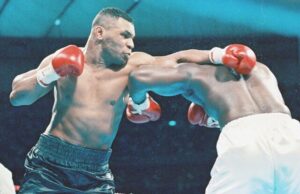
Recovery and rehabilitation: recovery from sequelae
Recovering from a disability can be a difficult journey for boxers, and having the support of the right medical professionals and stories of individuals sharing their recovery process can be important resources for getting through this process.
Here, we introduce treatment methods and support systems provided by medical professionals, as well as boxers’ own recovery stories.
Treatment methods and support system provided by medical professionals
Treatment of sequelae typically involves a multidisciplinary medical team. This team typically consists of experts from various fields, including neurologists, rehabilitation specialists, physical therapists, occupational therapists, and psychotherapists. Treatment plans are customized to your individual symptoms and needs and may include approaches such as:
- Physical therapy : Exercises are performed to improve balance, strength, and regain mobility. It plays an important role in recovery, especially after a concussion.
- Occupational therapy : Supports return to activities of daily living (ADLs) and provides accommodations. They often focus on improving fine hand movements and cognitive function.
- Psychotherapy : Helps treat mental health issues such as anxiety, depression, and PTSD. Psychological recovery is just as important as physical recovery.
- Medication treatment : If necessary, medicines may be prescribed to manage pain, headaches, and neurological symptoms.
Boxer’s experience: Recovery process from after-effects
The recovery stories of real boxers illustrate both the challenges and successes of the recovery process.
In many cases, it has been reported that long-term rehabilitation, support from family and friends, and strong personal will were essential to recovery.
One professional boxer says he learned while recovering from a severe concussion in the ring that recovery doesn’t happen in a day.
A holistic approach that combined physical therapy, occupational therapy, and psychotherapy contributed significantly to his recovery.
He also emphasizes the value of family support during the recovery process and the importance of taking small steps toward your goals.
Another boxer says recovering from the aftermath was the hardest fight of his life.
The boxer faced long-term effects from multiple blows to the back of the head, and there was a time when it was uncertain whether he would be able to return to normal life.
His treatment process included an intensive rehabilitation program and special training to regain cognitive function.
He shares the setbacks he felt during his rehabilitation process and the lessons he learned from overcoming them, sending a message of hope to other boxers in similar situations.
These stories highlight the importance of psychological strength and the existence of a support network, rather than just physical recovery.
It also emphasizes the need for a customized treatment plan for each individual, as each individual’s recovery process is different.
The road to recovery and rehabilitation is often challenging, but with the right medical support, loving support from family and friends, and above all, personal fortitude, recovery from disability is possible.
These stories can be a powerful source of encouragement for anyone trying to get through difficult times.

Conclusion: Creating a safe boxing environment
Creating a safe boxing environment is critical to the future of boxing as a sport.
The entire boxing community, including athletes, trainers, promoters and fans, must work together to implement and promote safety measures.
Below are key points to create a safe boxing environment and protect the future of boxing.
The future of boxing as a sport
Boxing is a classic sport that tests strategy, skill, and mental strength.
For the sport to have a sustainable future, it is essential to foster a culture that prioritizes the safety and health of athletes.
Ensuring a safe environment will help boxing reach a wider audience and encourage the discovery and development of new talent.
Safety considerations also increase the value and appeal of boxing, motivating more young people to take part in the sport.
Promoting safety measures as a community
- Education and awareness : It is important to carry out regular safety training for athletes and trainers to raise awareness of risk management and injury prevention measures.
- Promote the use of safety equipment : Requiring the use of appropriate protective equipment and staying up to date with the latest safety technology can reduce the risk of injury.
- Strengthening medical support : It is necessary to enhance medical support at training facilities and match venues, and to prepare an emergency response system.
- Strict enforcement of rules and regulations : Make players aware of the importance of rules by strictly enforcing safety rules and imposing appropriate penalties for violations.
- Community support : As athletes recover from injury, it is important to provide a support system throughout the community to support their mental recovery.
Creating a safe boxing environment is only possible through the collective efforts of all those who love boxing.
By ensuring the safety of our athletes, we can preserve the beauty and excitement of boxing as a sport for future generations.
Promoting safety measures will be key to the sustainable development of boxing and preserving its traditions.

